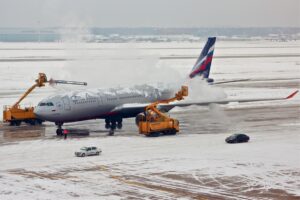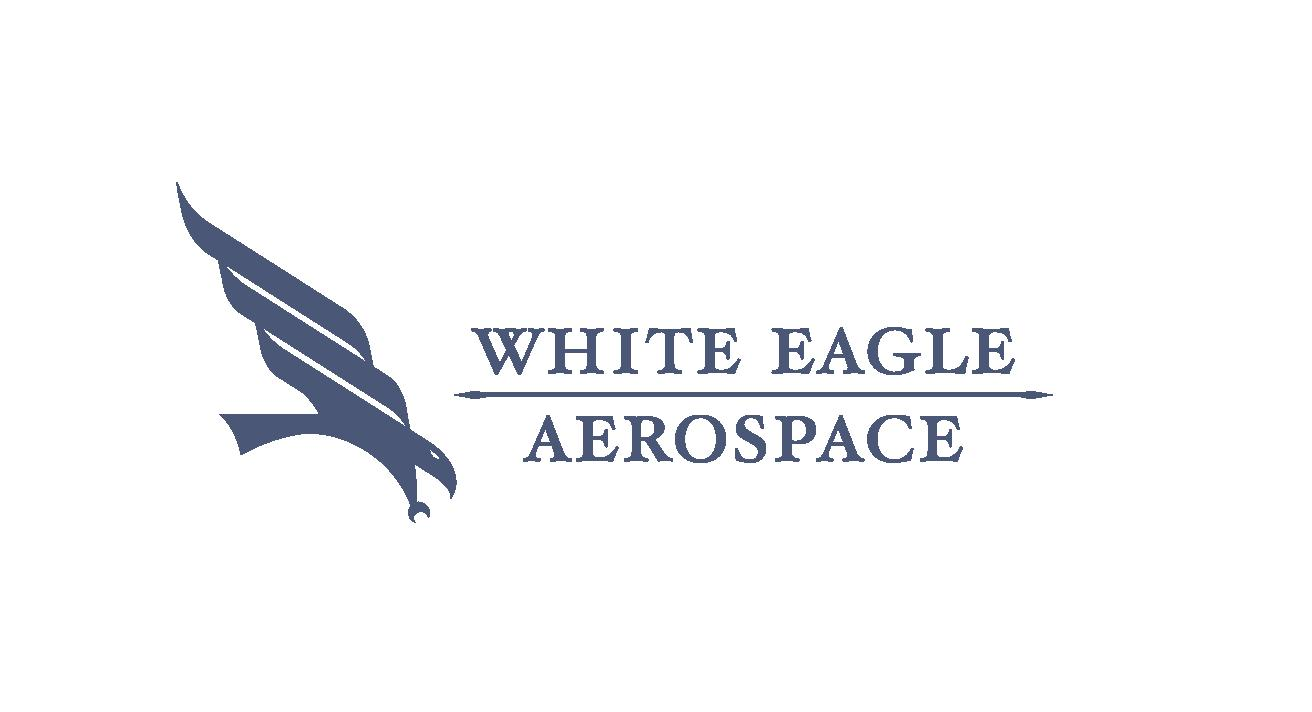Why Do Airports De-ice the Wings on a Plane?
If you’ve ever flown in winter, you may have noticed crews spraying aircraft wings with a special fluid before takeoff. This process, known as de-icing, is crucial for flight safety. Ice buildup on a plane’s wings can interfere with aerodynamics, reducing lift and increasing drag. If left untreated, it can lead to dangerous flight conditions, including difficulty maintaining altitude or even a stall. That’s why airports ensure aircraft are free of ice before departure.
known as de-icing, is crucial for flight safety. Ice buildup on a plane’s wings can interfere with aerodynamics, reducing lift and increasing drag. If left untreated, it can lead to dangerous flight conditions, including difficulty maintaining altitude or even a stall. That’s why airports ensure aircraft are free of ice before departure.
What Do They Use to De-ice the Plane?
To remove ice, crews use de-icing fluid, a heated liquid mixture of glycol and water. This solution quickly melts any ice or snow on the aircraft. In extremely cold conditions, a second treatment with anti-icing fluid (often containing additional additives) prevents new ice from forming before takeoff. These fluids are designed to protect critical surfaces long enough for the aircraft to get airborne, where natural airflow and engine heat prevent further icing.
How Does Ice on a Wing Affect Its Flight?
Aircraft wings are carefully designed to generate lift, which keeps the plane in the air. Ice accumulation disrupts this by changing the wing’s shape and adding roughness to the surface, reducing its ability to produce lift. It can also increase drag, making it harder for the plane to maintain speed and altitude. In extreme cases, ice can block critical control surfaces, making it difficult for pilots to maneuver the aircraft. That’s why de-icing is not just a precaution—it’s a necessity for safe flight.
✈️ Next time you see a plane getting de-iced, you’ll know it’s all about keeping your flight safe and smooth!

